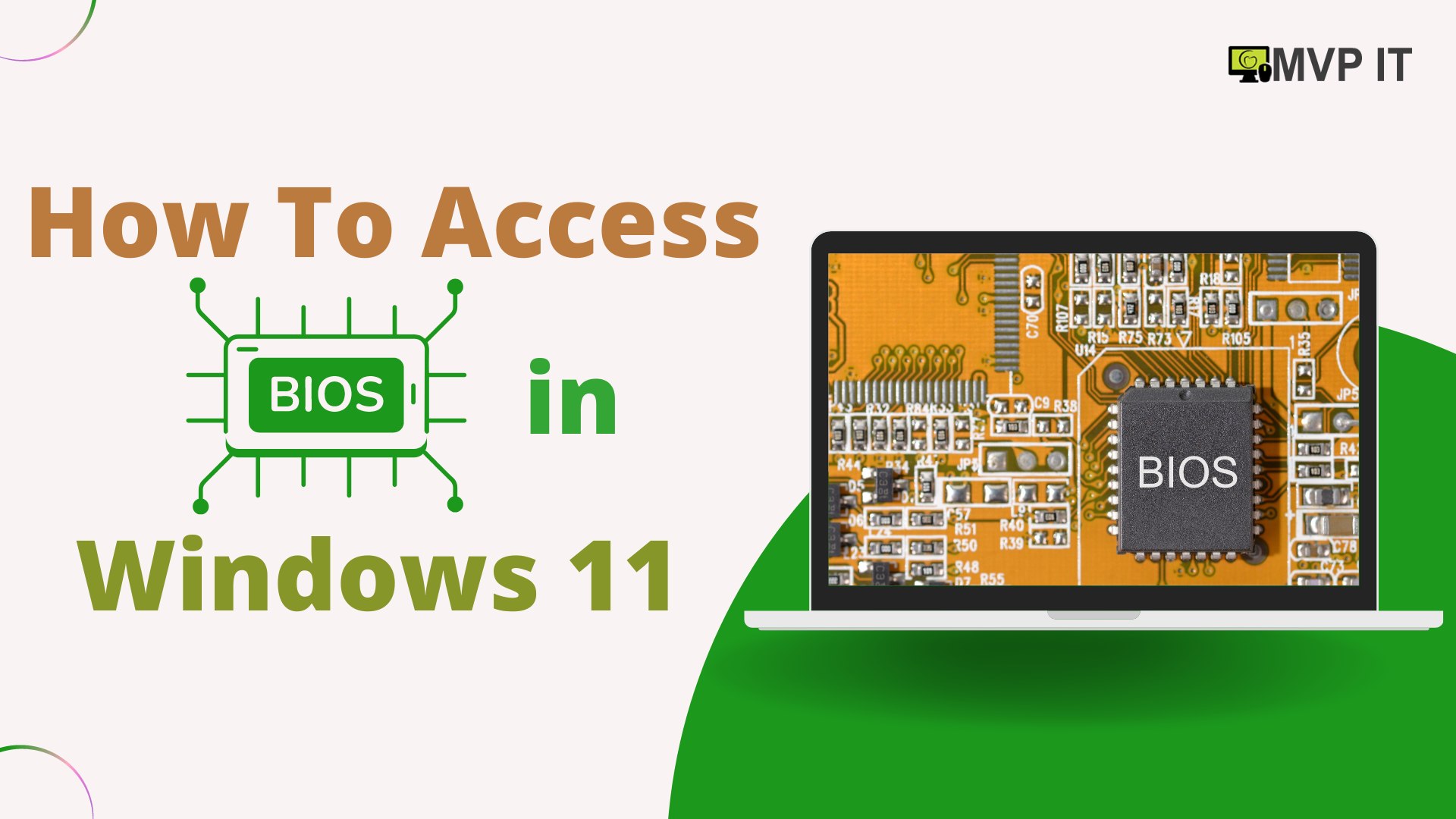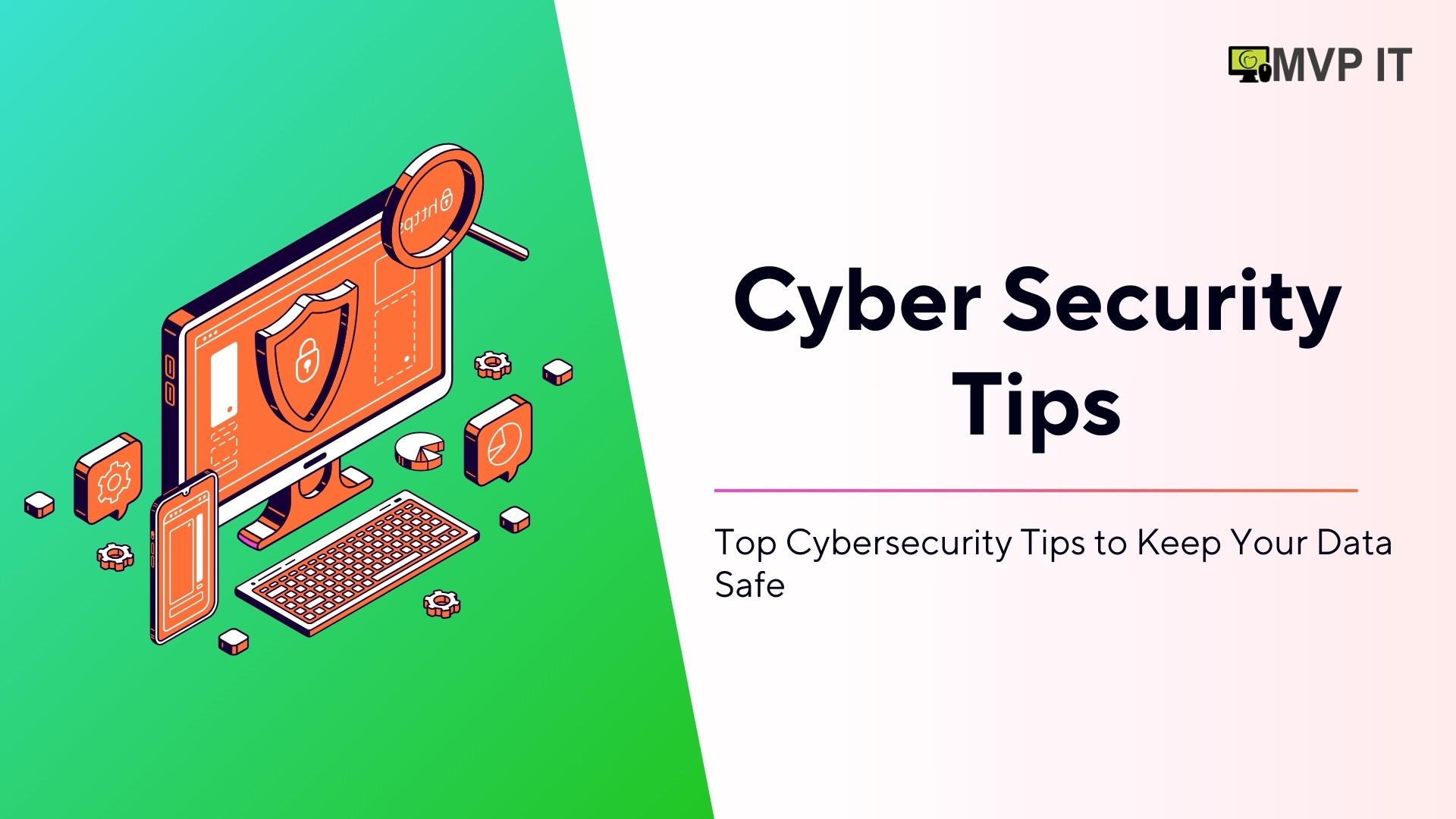Introduction to IT Solutions for Small Businesses
Importance of IT for Small Businesses
IT solution adoption is becoming essential for small businesses at a time when the digital revolution is altering industries. IT empowers small businesses to compete with larger corporations by providing modern tools and technologies that optimize workflow and productivity.
Challenges Faced by Small Businesses in Managing IT
Many small businesses struggle to successfully manage their technology infrastructure, even when they acknowledge the value of IT. A few of the typical challenges faced by small enterprises are limited resources, insufficient experience, and cybersecurity risks.
Types of IT Solutions for Small Businesses
Cloud Computing
Small businesses may now access scalable and affordable computer resources like storage, software, and processing power thanks to cloud computing, all without having to make substantial upfront hardware investments.
Cybersecurity Solutions
For small businesses to be safe from the growing array of cyberthreats, such as malware, phishing scams, and data breaches, cybersecurity solutions are indispensable. Putting strong cybersecurity safeguards in place facilitates the protection of sensitive data and upholds customer trust.
Data Backup and Recovery
Small enterprises may suffer greatly from data loss. Establishing reliable data backup and recovery mechanisms safeguards crucial company data and enables prompt recovery in the event of a disaster or system failure.
Managed IT Services
By proactively monitoring and managing their IT infrastructure, managed IT services give small businesses access to a team of IT specialists who guarantee peak performance and reduce downtime.
Benefits of Implementing IT Solutions
Cost-effectiveness
By doing away with the need for costly hardware purchases and cutting operational costs related to support and maintenance, IT solutions provide financial savings for small businesses.
Increased Efficiency and Productivity
IT solutions help small businesses run more smoothly by automating tedious chores and optimizing workflows, freeing up staff members to concentrate on strategically important projects and core business operations.
Enhanced Security
Small businesses can improve their security posture and lower their risk of costly security breaches and reputational harm by putting strong cybersecurity and data protection standards in place.
Key Components of MVP IT Solutions
Cloud Computing
The foundation of MVP IT solutions is cloud computing, which gives small businesses access to scalable computer resources without requiring significant hardware investments. Businesses can host apps, save data, and interact remotely with ease by utilizing cloud services.
Cybersecurity Measures
For small businesses, security is paramount, particularly in an increasingly digital environment. MVP IT solutions include data encryption, firewalls, and antivirus software—all crucial cybersecurity tools for protecting sensitive data and thwarting online threats.
Data Backup and Recovery
For small businesses, losing data might have disastrous consequences. MVP IT solutions incorporate robust data backup and recovery methods to ensure business continuity during unforeseen events such as hardware failures or cyberattacks.
Choosing the Right IT Solution Provider
The success of MVP IT deployment depends on choosing the appropriate IT solution provider. Some things to think about are as follows:
Assessing Business Needs
Small businesses should evaluate their IT goals and requirements before assessing possible providers. Understanding particular problems and areas that need development will make finding the best solutions easier.
Evaluating Provider Experience and Expertise
The experience and knowledge an IT solution provider has in catering to small businesses are crucial to take into account. Choose suppliers who have a track record of meeting the specific requirements of small businesses with dependable, creative solutions.
Considering Budget Constraints
Choosing an IT solution provider involves a lot of budgetary concerns. While price is crucial, it’s also critical to assess the value proposition and long-term advantages that the provider’s solutions offer.
How to Choose the Right IT Solutions Provider
Assessing Business Needs
Before choosing an IT solutions provider, small businesses should evaluate their specific needs and goals to ensure that the solutions they select support their corporate objectives.
Evaluating Provider Expertise and Experience
Working with an IT solutions provider that has demonstrated skill and experience in providing solutions specifically designed to meet the demands of small businesses is imperative.
Reviewing Client Testimonials and Case Studies
Examining case studies and client endorsements can give you important information about the provider’s performance history and how well their implementations for small businesses have worked.
Case Studies: Successful Implementation of MVP IT
Now, let’s look at two real-world examples to show how effective MVP IT solutions are:
Small Business A: Streamlining Operations
By deploying MVP IT solutions centered on cloud-based collaboration tools and process automation, “Small Business” enhanced productivity and streamlined operations. With remote access to vital information, workers could make faster decisions and be more productive.
Small Business B: Enhancing Customer Experience
With individualized contacts and smooth channels of communication, Small Business B improved its customer experience by utilizing MVP IT solutions. The company increased customer loyalty and established stronger client ties by integrating omnichannel support solutions and customer relationship management (CRM) software.
Challenges and Solutions in Implementing MVP IT
Although there are many advantages to MVP IT, there may be some difficulties in implementing it.
Integration Issues
Complexity and compatibility problems may arise when integrating new IT solutions with legacy systems. Careful planning and collaboration with seasoned IT specialists can ensure successful deployment and minimize integration problems.
Staff Training
To increase employee performance, adopting new technology frequently calls for training and upskilling. Staff members can reach their full potential and become accustomed to new IT systems by investing in thorough training programs and continuing assistance.
Security Concerns
For small firms deploying MVP IT solutions, cybersecurity attacks present a serious danger. To mitigate security risks and secure sensitive data, it is imperative to implement strong security measures, conduct routine audits, and cultivate a culture of cybersecurity awareness.
Future Trends in MVP IT for Small Businesses
As technology continues to advance, the following trends are influencing how MVP IT for small businesses may develop in the future:
AI Integration
MVP IT systems are increasingly incorporating artificial intelligence (AI) to improve decision-making, automate tedious processes, and analyze data. AI-powered solutions can assist small businesses in achieving operational efficiency, customer experience personalization, and data-driven insights.
IoT Solutions
Small businesses can connect and control physical equipment remotely thanks to the Internet of Things (IoT), which has enormous potential. IoT solutions, which range from linked devices to smart sensors, can boost productivity, maximize resource use, and open up new avenues for development and innovation.
Conclusion
In conclusion, IT solutions for small businesses are critical to streamlining operations, raising output, and maintaining competitiveness in the contemporary corporate environment. MVP IT provides an extensive range of specialized IT solutions created especially to address the particular requirements and difficulties encountered by small businesses.
MVP IT provides a comprehensive solution for small businesses’ varied IT needs, ranging from managed IT services and cloud solutions to cybersecurity precautions and compliance support. Utilizing these IT solutions allows small businesses to concentrate on their primary goals while gaining increased efficiency, scalability, and security.
Summing up, working with MVP IT to deliver IT solutions for small businesses gives companies a competitive edge that helps them succeed long-term by enabling them to confidently manage the digital world’s complexity. In today’s fast-paced business world, small businesses can realize their full potential and prosper when they work with MVP IT as their reliable IT partner.









